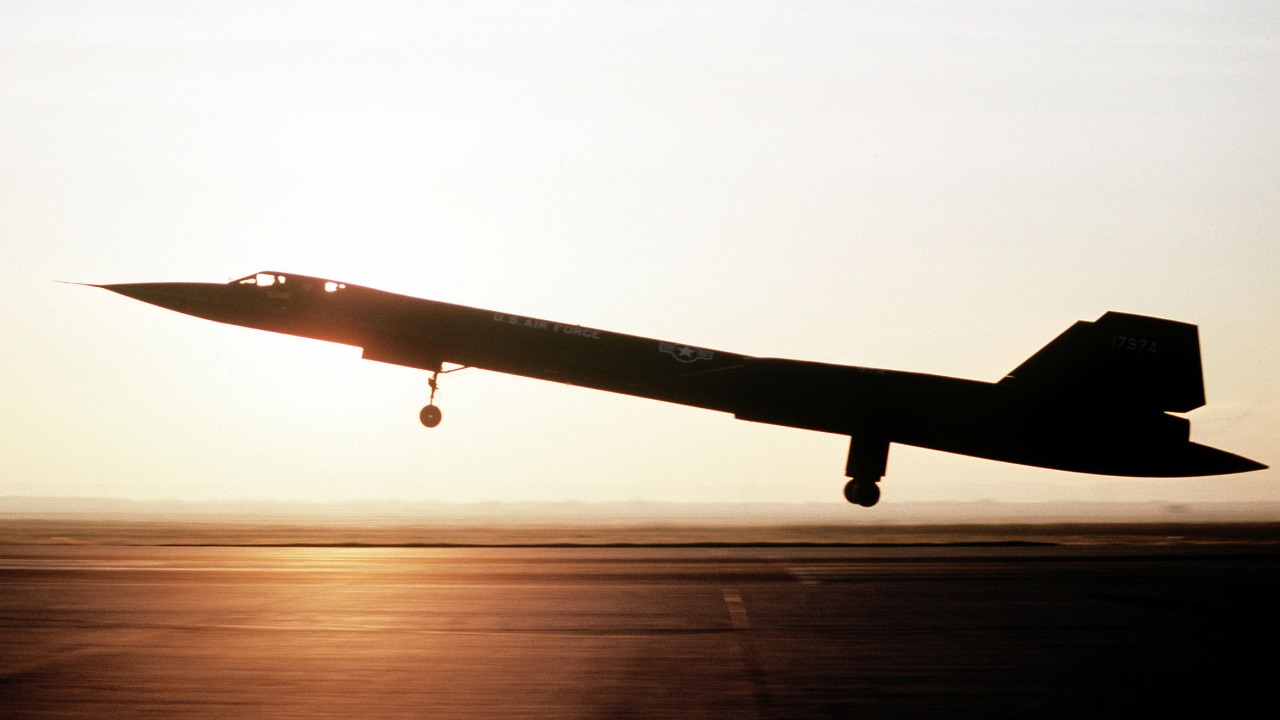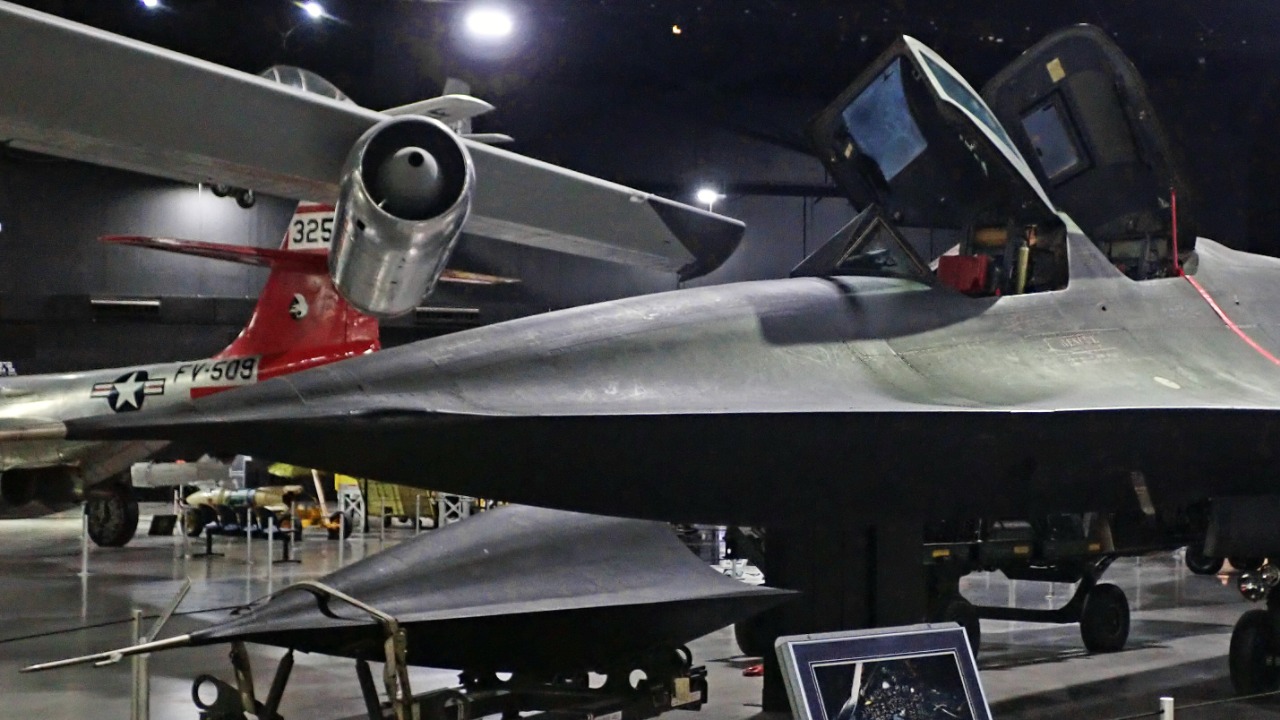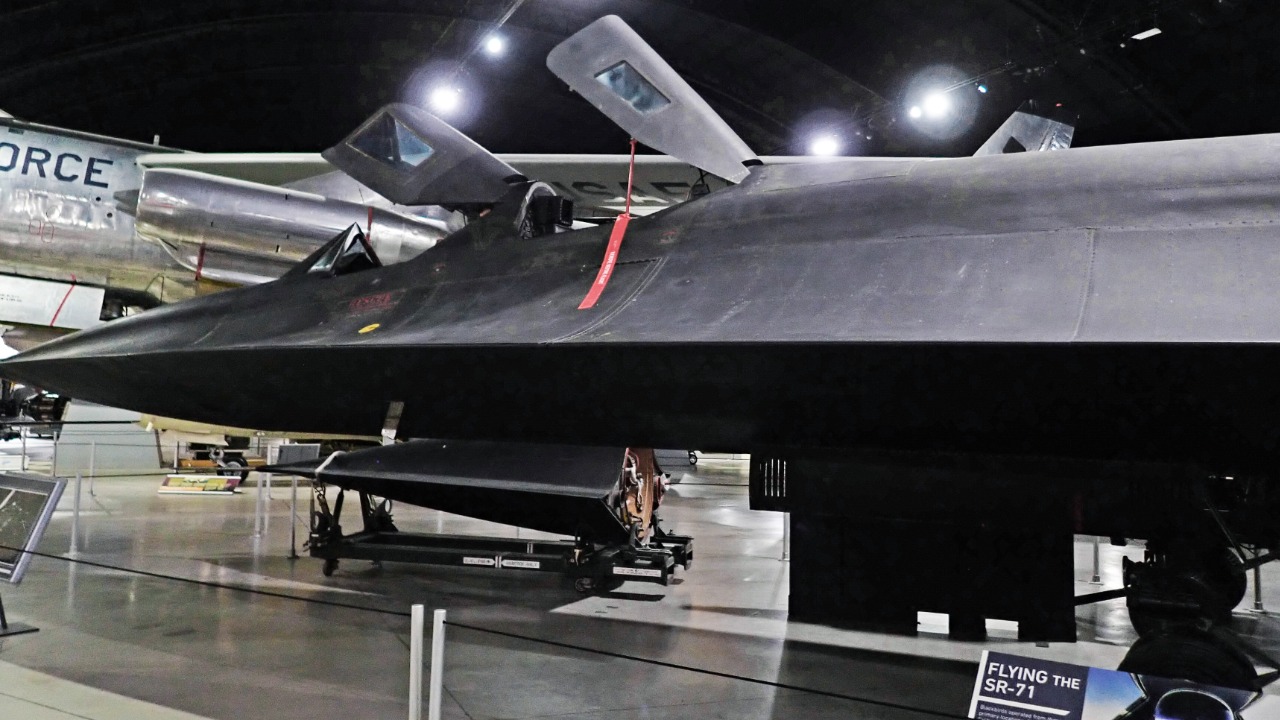
The SR-71 Blackbird stands as a testament to human ingenuity and engineering prowess, designed to push the boundaries of speed and altitude during the Cold War era. Delving into the immense challenges and innovative solutions that characterized its development reveals a fascinating journey into the world of advanced aerospace engineering. From groundbreaking technology to the sheer determination of the team behind it, the SR-71’s creation story is one of remarkable achievement.
Development and Design Challenges

Cold War Context and Strategic Need
The SR-71 Blackbird emerged from a period marked by intense geopolitical tensions. During the Cold War, there was a pressing need for the United States to gather intelligence on adversaries, especially the Soviet Union. The demand for a high-speed reconnaissance aircraft was driven by the necessity to outpace existing threats and gather critical information without detection. The urgency to surpass the capabilities of existing aircraft was not just a technological race but a strategic imperative. The Blackbird was conceived as a solution to provide an edge over adversaries, ensuring that the U.S. could maintain a strategic advantage in intelligence collection.
Innovative Design Requirements
Designing an aircraft capable of unprecedented speed and altitude was no small feat. The SR-71 required a unique approach to aerodynamics and structural integrity to perform at Mach 3+ speeds and altitudes above 85,000 feet. Engineers faced the challenge of extreme temperatures—over 900 degrees Fahrenheit—that affected both the aircraft’s exterior and its internal systems. These conditions necessitated innovative aerodynamic solutions and robust structural materials capable of enduring such extremes. Overcoming these challenges was critical in ensuring the SR-71 could operate effectively in its high-speed, high-altitude mission profile.
Material and Technological Innovations

Titanium Usage
One of the most significant innovations in the SR-71’s construction was the extensive use of titanium. This metal was chosen for its ability to withstand the high temperatures encountered at the Blackbird’s operational speeds. However, sourcing and working with titanium proved to be a formidable task. The U.S. had to import large quantities of titanium from international sources, ironically including the Soviet Union. The difficulties in handling this rare and hard-to-work-with metal required new manufacturing techniques and tools, as traditional methods were inadequate for the challenges posed by titanium.
Advanced Avionics and Engines
Beyond its structural innovations, the SR-71 featured cutting-edge avionics and propulsion systems. The aircraft was equipped with advanced navigation and surveillance technology that allowed it to perform strategic missions with precision. Its propulsion was powered by the J58 engines, a marvel of engineering that enabled the Blackbird to reach speeds beyond existing limits. These engines, which operated on both jet and ramjet principles, were critical to the SR-71’s ability to perform its high-speed reconnaissance missions effectively. The combination of advanced avionics and powerful engines made the SR-71 a formidable tool in the U.S. intelligence arsenal.
Manufacturing and Testing

Building the Blackbird
The SR-71 was built in the secretive confines of Lockheed’s Skunk Works, a facility known for its innovative approach to aircraft development. The manufacturing process was complex and required the utmost secrecy due to the sensitive nature of the project. Skilled engineers and craftsmen were tasked with assembling the intricate components of the Blackbird, often working with cutting-edge technologies and materials. The process was a testament to the expertise and dedication of the team, who managed to bring this revolutionary aircraft to life despite numerous challenges.
Testing and Troubleshooting
Before it could become operational, the SR-71 underwent rigorous flight testing to address performance issues and ensure reliability. This iterative process involved refining design elements based on data from test flights, which were essential to solving problems related to speed, altitude, and temperature. The continuous cycle of testing and troubleshooting allowed engineers to fine-tune the aircraft’s systems, ensuring it met the stringent requirements necessary for its role. The success of these tests laid the groundwork for the Blackbird’s operational success in real-world missions.
Operational Success and Legacy

Mission Performance
Throughout its operational life, the SR-71 proved to be an invaluable asset in strategic reconnaissance missions. Its ability to gather intelligence without being intercepted made it a key player in intelligence operations. The aircraft’s speed and altitude capabilities allowed it to fly over hostile territories with relative impunity, gathering critical data that informed military and political decisions. Anecdotal accounts of its missions highlight the Blackbird’s capabilities, showcasing its significant contributions to U.S. intelligence efforts during the Cold War.
Enduring Legacy
Even after its retirement, the SR-71’s influence on aerospace design and military strategy is undeniable. Its revolutionary design and capabilities have inspired subsequent generations of aircraft and engineers. The Blackbird remains a source of fascination and admiration within the aviation community, symbolizing a pinnacle of aerospace engineering achievement. The lessons learned from its development continue to inform modern engineering practices, underscoring the lasting impact of the SR-71 on the field.
Cultural and Historical Impact

Public Perception and Media
The SR-71 has captured the public’s imagination, partly due to its top-secret nature and advanced capabilities. Media portrayals have played a significant role in shaping how the public perceives the Blackbird, often highlighting its mystique and technological prowess. This fascination has contributed to a broader appreciation of the aircraft, cementing its status as an icon of aviation history. The stories and images of the SR-71 continue to captivate audiences, keeping its legacy alive in the cultural consciousness.
Preservation and Display
Efforts to preserve the remaining SR-71 aircraft as historical artifacts are ongoing, with several models displayed in museums around the world. These exhibitions play a vital role in educating future generations about the engineering marvel that was the Blackbird. Institutions like the Lockheed Martin and others have dedicated resources to maintaining these aircraft, ensuring that their story is preserved for posterity. The SR-71’s presence in museums serves as a reminder of the ingenuity and determination that defined its creation.